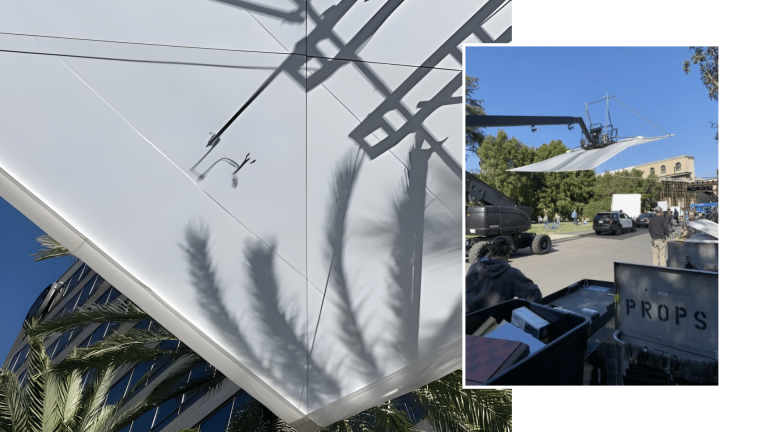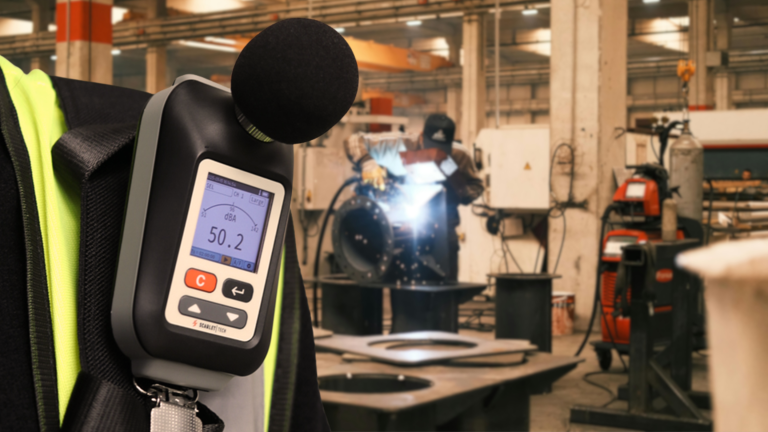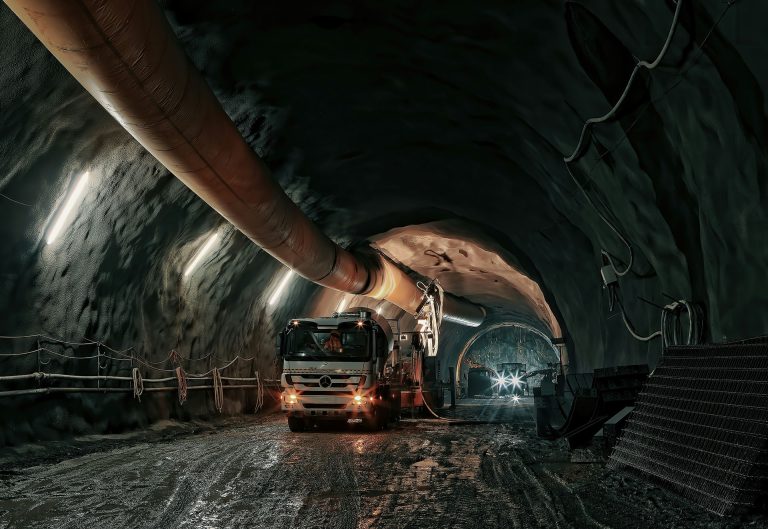Wind may seem like a minor concern on the ground, but when working at height, even a moderate breeze can dramatically increase the risk of accidents. Elevated work platforms, scaffolds, aerial lifts, and cranes are all highly susceptible to wind pressure, making load control and worker stability critical safety concerns. That’s why understanding and adhering to OSHA wind speed limit for working at height regulations is not just a best practice—it’s a legal necessity.
The Occupational Safety and Health Administration (OSHA) plays a vital role in regulating wind-related hazards. OSHA standards define wind thresholds that dictate when work must be restricted or stopped entirely to protect worker safety. Employers have a legal duty to monitor wind conditions, assess risks in real time, and implement preventive measures. Failure to comply with these standards can lead to severe consequences, including fines, injuries, or fatalities. This guide will help you navigate OSHA’s wind speed limits and establish practical steps for safer operations at height.
What Is Considered “High Wind” by OSHA?
OSHA provides specific guidelines to determine when wind conditions become hazardous for work at height. According to OSHA standard 1926.968, “high wind” is generally defined based on the following thresholds:
- ≥ 40 mph (≈ 64 km/h or 18 m/s): This is the general threshold where most height work must be reassessed, and typically suspended unless protective measures are taken.
- ≥ 30 mph (≈ 48 km/h or 13 m/s): When workers are handling materials, the wind speed threshold lowers due to the increased risk of losing control of objects.
There are exceptions. Under specific circumstances—such as using adequate protection, having a qualified person assess the site, and ensuring worker safety—work may continue in these conditions. However, this requires detailed documentation and justification.
It’s important to note that local wind conditions can vary sharply from forecasts. Using on-site wind sensors or weather monitoring stations ensures accurate real-time data, which is critical to compliance and safety.
Key OSHA Standards for Wind and Height Safety
Understanding the key OSHA standards related to wind and height safety is essential for ensuring compliance. Here’s a breakdown of the most critical regulations:
- 1926.968: Focused on wind thresholds for utility work. It mandates stopping elevated work at 40 mph or 30 mph when handling materials unless specific protective measures are documented.
- 1926.451(f)(12): Addresses scaffold usage during windy conditions. Workers must cease scaffold activities during storms or high winds unless a competent person determines it’s safe and personal fall arrest systems are used.
- 1926.1431(k)(8)(i): Pertains to cranes lifting personnel. It specifies a maximum wind limit of 20 mph unless a qualified person evaluates the situation and authorizes continued work with additional safety measures.
- 1926.453: Covers aerial lifts, requiring the use of fall protection and promoting hazard awareness when operating in conditions that may include high winds.
Best Practices for Managing Wind Risks at Height

Complying with OSHA’s wind speed limit for working at height is not just about meeting regulatory requirements—it’s about genuinely safeguarding your workforce. Implementing proactive, structured strategies can dramatically reduce the risk of wind-related accidents. Here are the essential best practices every employer should adopt:
1. Deploy On-Site Weather Stations
Accurate, site-specific wind monitoring is critical. Installing on-site weather stations provides continuous, real-time data tailored to the exact conditions at your location. These stations capture immediate changes, helping supervisors make faster, more informed decisions. Equipment like EM-30 Industrial Weather Station, designed specifically for worksites, can alert teams when wind speeds approach critical thresholds—enabling timely action to prevent hazards.
2. Integrate Forecasting Tools into Work Planning
Incorporating forecasting tools and weather applications into daily planning helps project managers schedule height-based tasks during periods of calmer weather. This foresight minimizes disruptions, reduces the chance of emergency stoppages, and promotes more efficient project timelines without sacrificing worker safety.
3. Establish and Enforce Emergency Stop Protocols
Every site operating at height should have clear, pre-established emergency stop protocols. Define the specific wind speeds at which all elevated work must cease, and ensure these protocols are communicated to every team member. Regular drills and safety meetings should reinforce the emergency shutdown process, making the response second nature when dangerous conditions arise.
4. Invest in Regular Crew Training
Training is one of the most powerful tools for preventing wind-related accidents. Workers must be thoroughly educated on the OSHA wind speed limit for working at height, the specific dangers associated with working in windy conditions, and their role in maintaining a safe environment. Ongoing, hands-on training sessions encourage vigilance, empower workers to make safety-first decisions, and build a strong safety culture across the organization.By embedding these practices into daily operations, companies can significantly reduce the risk of accidents, avoid costly project delays, and maintain full OSHA compliance. For deeper industry insights and additional resources, publications like the Incident Prevention Blog and La Grange Crane’s Lifting Wind Limits Guide offer expert guidance tailored to real-world field conditions.
Stay OSHA-Compliant with Reliable Wind Speed Meter
Staying compliant with OSHA’s wind speed limits for working at height requires more than just awareness—it calls for timely, data-driven decisions. Reliable wind monitoring plays a critical role in ensuring worker safety and operational continuity.
With accurate measurements, real-time alerts, and customizable wind thresholds, our systems are designed to integrate seamlessly into your safety protocols. Featuring wireless remote monitoring capabilities, Scarlet Tech’s online wind monitoring solutions provide peace of mind that you’re meeting compliance standards while safeguarding your crew.
Explore Scarlet Tech Wind Monitoring Solutions today and take a decisive step toward a safer, more compliant workplace.



